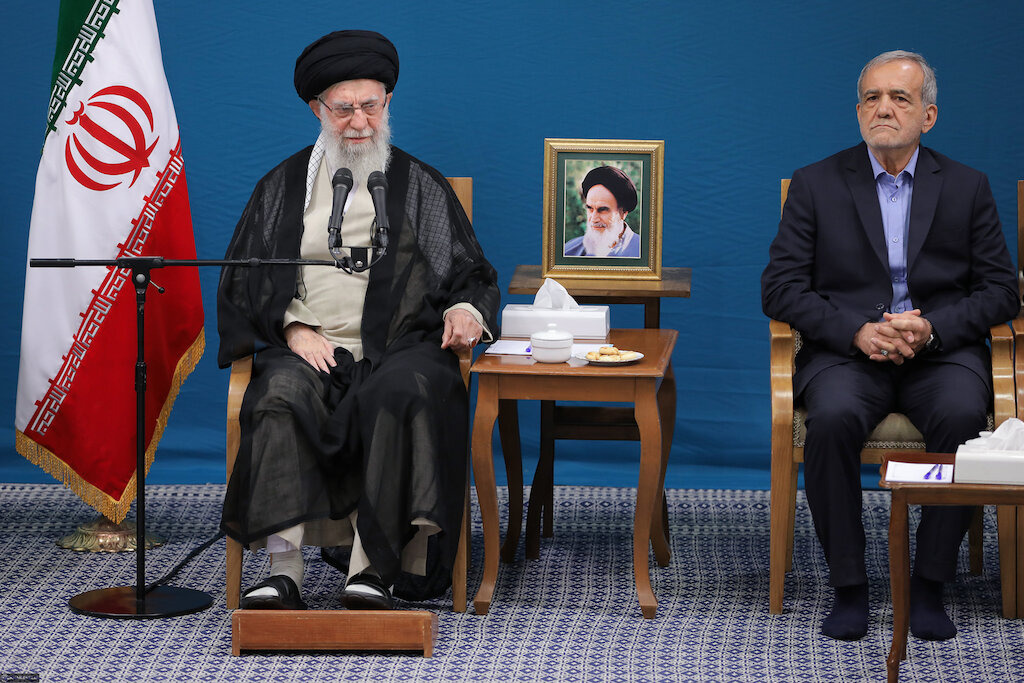Syrian Jews Urge White House to Lift Sanctions on Damascus – The Syrian Observer

The campaign has found an unlikely ally in Mouaz Moustafa, the executive director of the Syrian Emergency Task Force, who was previously a vocal proponent of sanctions against the Assad regime due to its extensive human rights violations, Shaam news writes.
A group of Syrian Jews, some of whom recently returned to Damascus to inspect their ancestral properties, have called on the U.S. administration to ease sanctions on Syria, arguing that these restrictions hinder their efforts to restore some of the world’s oldest Jewish synagogues.









